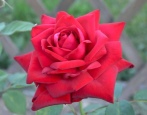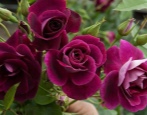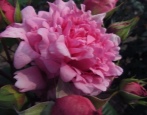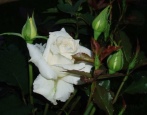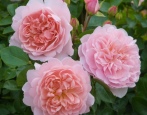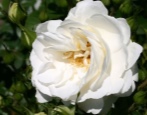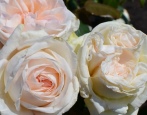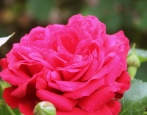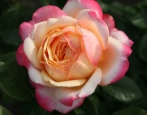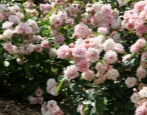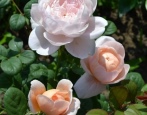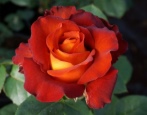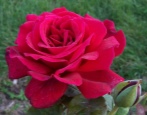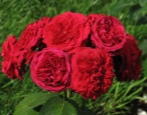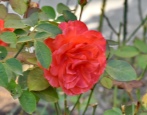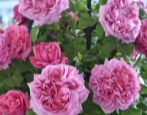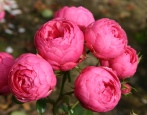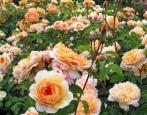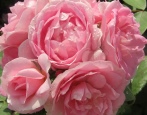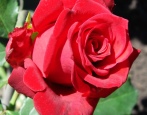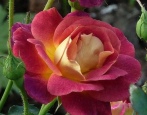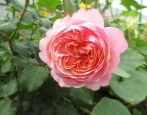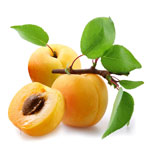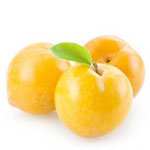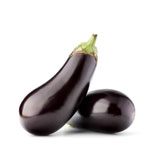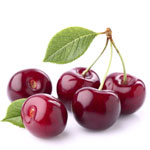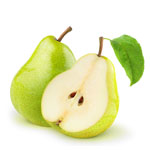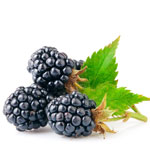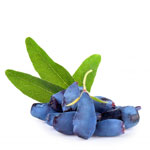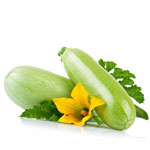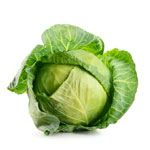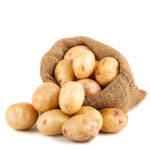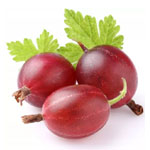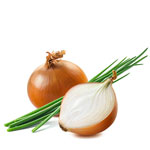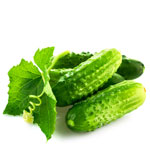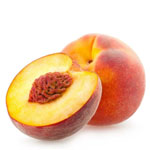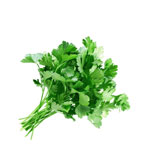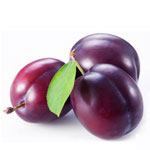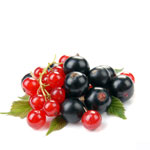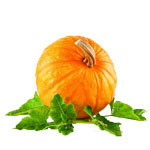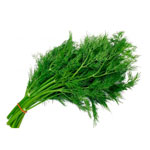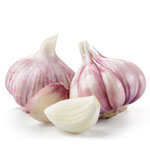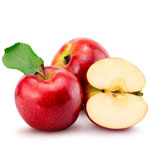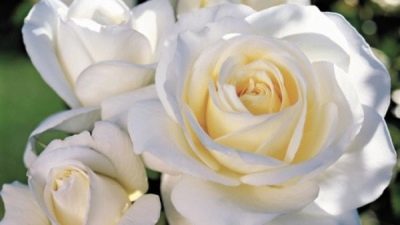
- Authors: Meilland International, Jacques Mushot
- Name synonyms: Bolero
- Breeding year: 2003
- Group: floribunda
- The main color of the flower: cream
- Flower shape: cupped
- Diameter, cm: 7-8
- Flower type by number of petals: thick double
- Scent: fruity
- Bush height, cm: 90-120
The appearance of the floribunda variety of roses in the twentieth century has become a real sensation. The history of the creation of these flowers dates back to 1924. It was then that breeder Poulsen from Denmark crossed a hybrid tea rose with a polyanthus. The result is a variety that combines the best properties from both parents: abundant flowering, as well as the endurance of the polyanthus rose and the beauty of the hybrid tea. Interestingly, floribunda means "abundantly flowering" in translation. Rosa Bolero is a prominent representative of this group.
Breeding history of the variety
Bolero belongs to the varieties of French selection. For the first time, the description of the characteristics of this rose culture became known in 2003. Described by Jacques Mouchotte, a leading breeder and talented rose grower who has been director of the Meilland International research center for over 25 years. It is he who owns all the latest innovations in the selection of the Meilland brand.
The flower was then attributed to the famous series "Romance". However, the rose became available to a wide range of gardeners only in 2016, when it went on sale.
Description of the variety
A characteristic feature of the bolero floribunda rose is the variety of color shades and transitions. The main tone will be creamy white, while the shades can be different - creamy, pinkish, beige. Densely double flower 7-8 centimeters in diameter. The shape of the rose is cupped, the petals are gracefully folded back. It has a rather strong fruity aroma.
The height of the rose bush reaches 90-120 centimeters, and the width is 70 cm. It is quite compact, with medium fluffiness. Glossy leaves are painted in dark green tones.
Advantages and disadvantages
Like all representatives of the rose family, the Bolero variety has both pros and cons. The advantages include the fact that the bushes will grow very well both in the sun and in partial shade, and this will not affect the beautiful appearance of the flowers: their petals will not fade under the sun, and the buds will not lose their shape. Rose Bolero has a fairly high frost resistance. It belongs to the 6th zone of winter hardiness according to the USDA classification, withstands a drop in temperature from -23 ° С to -18 ° С.
Also, the variety has excellent disease resistance. The pluses include the unpretentiousness of the rose. Both planting and caring for it are pretty simple and won't bother even inexperienced gardeners.
The culture has practically no flaws. Sometimes the disadvantages include the compactness of the bushes. But this is rather a feature of the variety.
Flowering features
Bolero belongs to the re-flowering roses. The duration of flowering is long - the rose blooms in June, and then blooms continuously until late autumn. Moreover, on one bush, more than a hundred white buds can be in bloom at the same time.
Use in landscape design
Bolero is a magical, very light, almost white rose, considered one of the best of its kind. Of course, such a bush will in any case be a real decoration of any garden. It doesn't matter if the variety is used for single planting or for group planting. Bolero roses are great for creating borders, flower beds. And also ideally combine with various perennials. Stunning creamy white bouquets with shades of beige, creamy, pink will delight you throughout the summer.
Landing
For planting Bolero roses, a sunny corner on the site is best suited. Among the possible dates for planting a plant, experts single out March-April, May, as well as September-October.
Growing and care
Floribundam, to which the Bolero variety belongs, regular feeding with both organic and mineral fertilizers is important.They also need timely watering. And so that the water does not evaporate so quickly, the ground around the bushes is mulched, for example, with peat.

